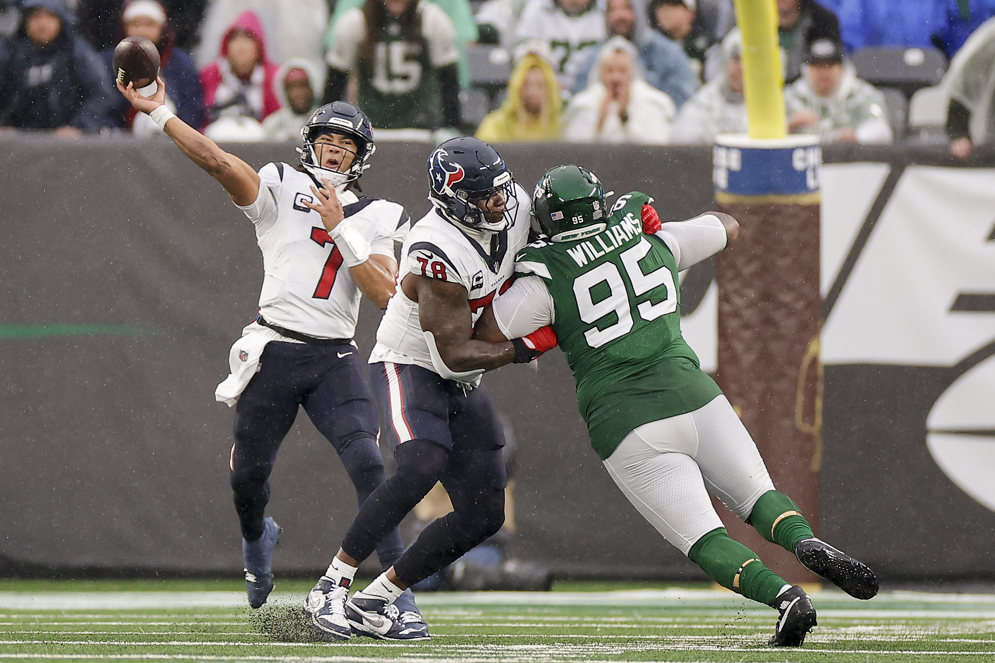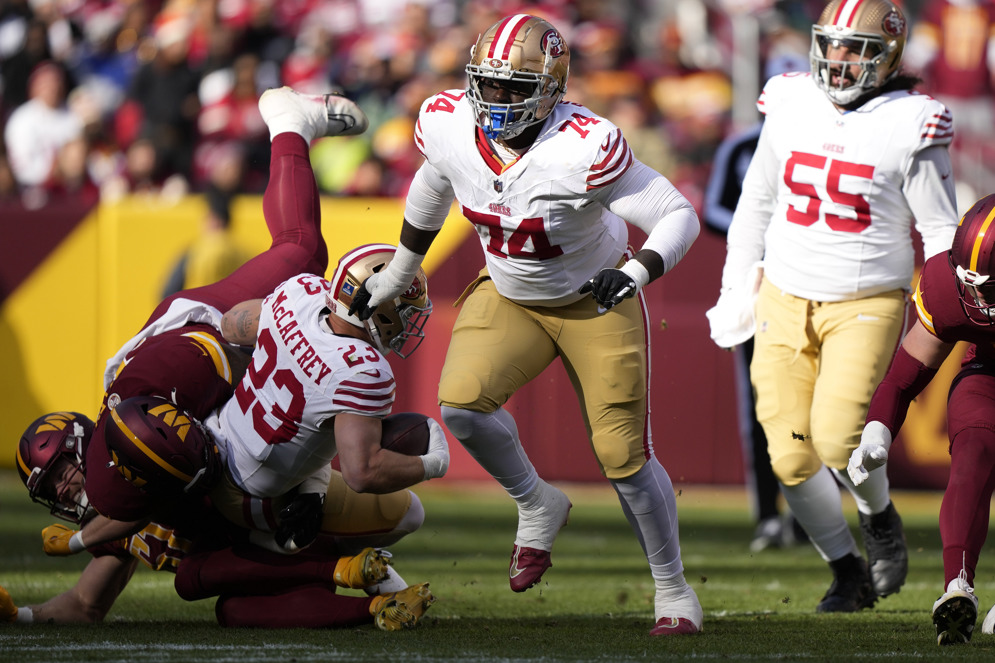The NFL is committed to protecting players from unnecessary risk, while keeping the game fair, competitive and exciting.
The NFL Competition Committee receives and considers input from coaches, general managers, owners, current players and NFL Legends, the NFL Players Association, medical personnel and the media, and conducts weeks of discussion and video study before recommending changes to any rule.

(AP/Adam Hunger)
During this process, the Committee asks several questions about each potential rule change:
- Does the change improve the game?
- How will it be officiated?
- How will it be coached?
- Can the player apply the rule on the field?
- Does the change enhance player protection?
The league reviews changes with players, coaches and officials during off-season meetings, training camp and the NFL Officiating Clinic to help everyone adapt to the rule changes and points of emphasis. The Officiating Department also provides training videos for players and coaches with specific examples.
2024 Rules Changes
Examples of hip-drop tackles from the 2023 NFL season.
Hip-Drop Tackle
In advance of the 2024 season, NFL clubs have voted unanimously to remove the hip-drop tackle from the game.
A hip-drop tackle occurs when a defender wraps up a ball carrier and rotates or swivels his hips, unweighting himself and dropping onto ball carrier’s legs during the tackle.
A hip-drop tackle will result in a 15-yard penalty and an automatic first-down if a player uses the following technique to bring a runner to the ground:
- Grabs the runner with both hands or wraps the runner with both arms
- Unweights himself by swiveling and dropping his hips and/or lower body, landing on and trapping the runner’s leg(s) at or below the knee
New kickoff rule explained.
Kickoff Rule Adjustment
To create a new form of a free kick play that is designed to:
- Resemble a typical scrimmage play by aligning players on both teams closer together and restricting movement to reduce space and speed.
- Promote more returns.
Approved 2024 Rules
- By Detroit; amends Rule 15, Section 1, Article 1, to protect a club’s ability to challenge a third ruling following one successful challenge.
- By Competition Committee; amends Rule 14, Section 5, Article 2, to allow for an enforcement of a major foul by the offense prior to a change of possession in a situation where there are fouls by both teams.
- By Competition Committee; amends Rule 15, Section 3, Article 3, to include a ruling of a passer down by contact or out of bounds before throwing a pass as a reviewable play.

(AP/Mark Schiefelbein)
- By Competition Committee; amends Rule 15, Section 3, Article 9, to allow a replay review when there is clear and obvious visual evidence that the game clock expired before any snap.
- By Competition Committee; amends Rule 12, Section 2, to eliminate a potentially dangerous tackling technique.
- By Competition Committee; for one year only, amends Rule 6, to create a new form of a free kick play that is designed to: (1) resemble a typical scrimmage play by aligning players on both teams closer together and restricting movement to reduce space and speed; and (2) promote more returns.



